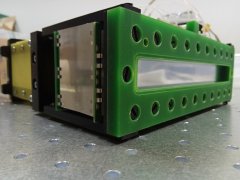The task implemented as part of the Eurofusion WPMST2 project: Preparation of exploitation of MSTs was a continuation and accomplishing of the work carried out in the previous year, which involved performing DP LIBS measurements using a remote-controlled head on a tokamak mock-up. An analogous experiment was carried out in 2019, but this time inside the FTU tokamak to obtain fuel retention diagnostics. Thus, these were the first in the world LIBS measurements made in-situ using a dedicated system on an experimental fusion reactor system.
The highlight of the experiment were the characterization of the internal surface of the FTU tokamak operated by ENEA Frascati and the measurement of hydrogen isotope content in specially prepared calibration samples that were installed in arbitrarily selected places on the internal surface of the tokamak. The implementation of these goals required adaptation of the measuring head developed earlier, transporting it to the FTU hall and installing it inside the tokamak through one of the ports. The top view of the FTU and the probe placed in its interior are shown in Figure 5.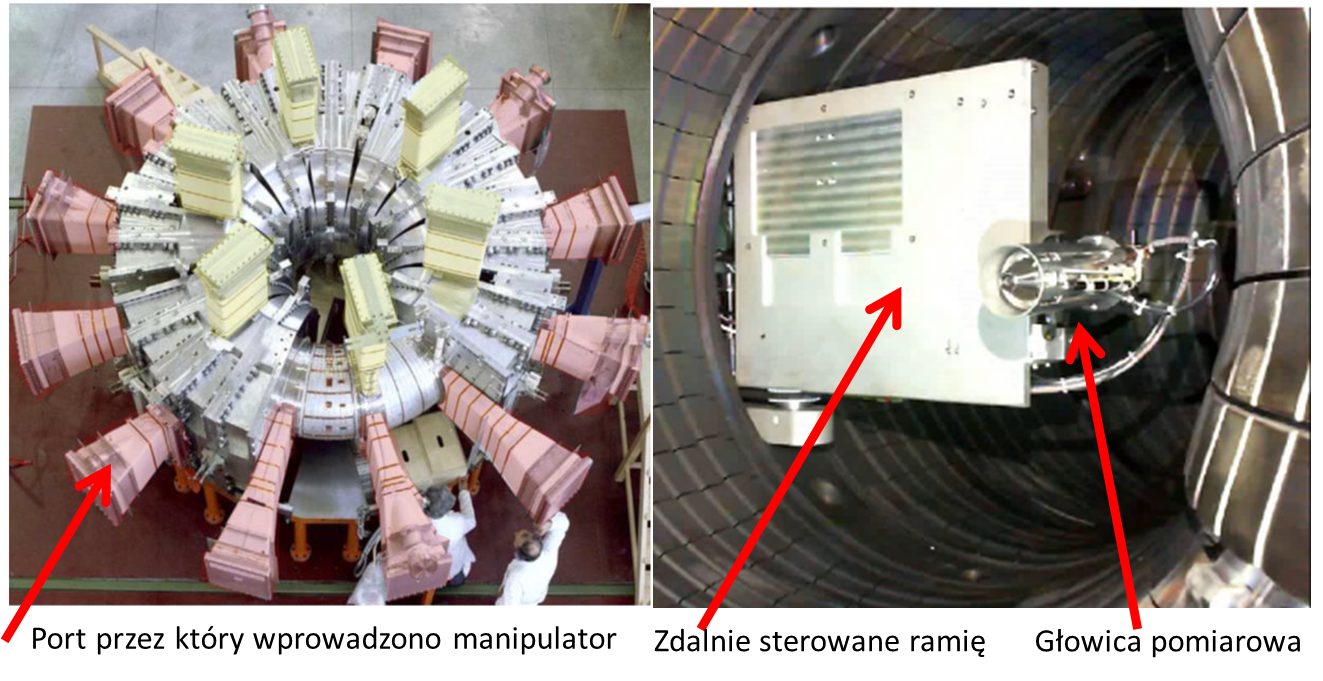
Fig. 1. Top view of the FTU and remotely controlled arm with the head inside the FTU.
The main modification of the system was the replacement of its tip with a vacuum-compatible cone, which now allowed tight contact with the surface being tested, allowing its interior to be pumped, and thus measurements in vacuum conditions at which it is possible to separate very close hydrogen, deuterium and tritium lines, being the object of main interest in measuring fuel retention. Thanks to this modification, it became possible to obtain a pressure of 10^-2-10^-3 mbar. The entire head and its conical tip are shown in Figure 2.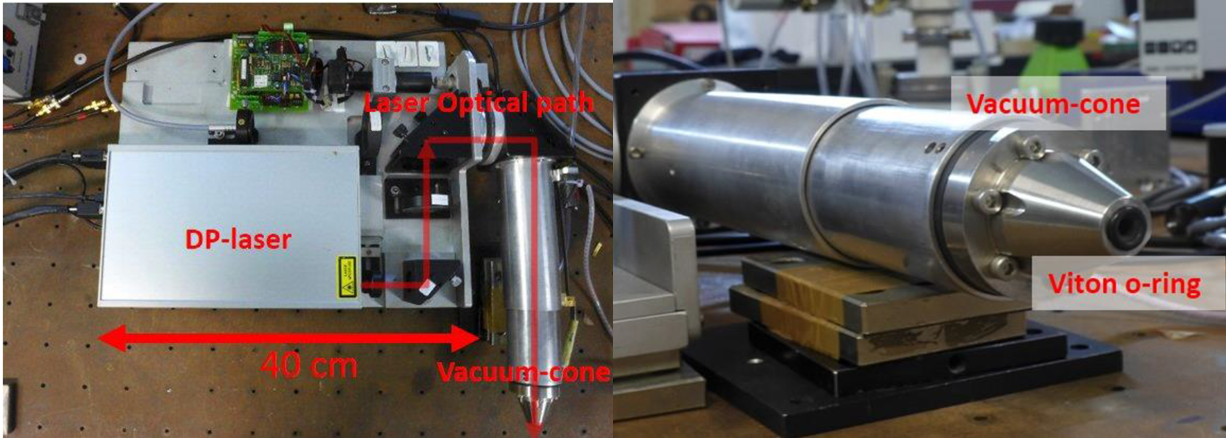
Fig. 2. Picture of the measuring head and the conical vacuum tip.
A two-pulse laser with energy of each pulse of 65 mJ and a distance of 500 ns was used for the measurements. In both spectrometers used in the experiment (narrowband ENEA and broadband IFPiLM) the acquisition delay was 2 μs and the gate opening time was 750 ns.
An important result of the measurements was to demonstrate the success of the modification of the measuring head and to achieve a resolution that would make it possible to distinguish between hydrogen and deuterium lines, which would be impossible in the case of atmospheric pressure, as shown in Figure 3.
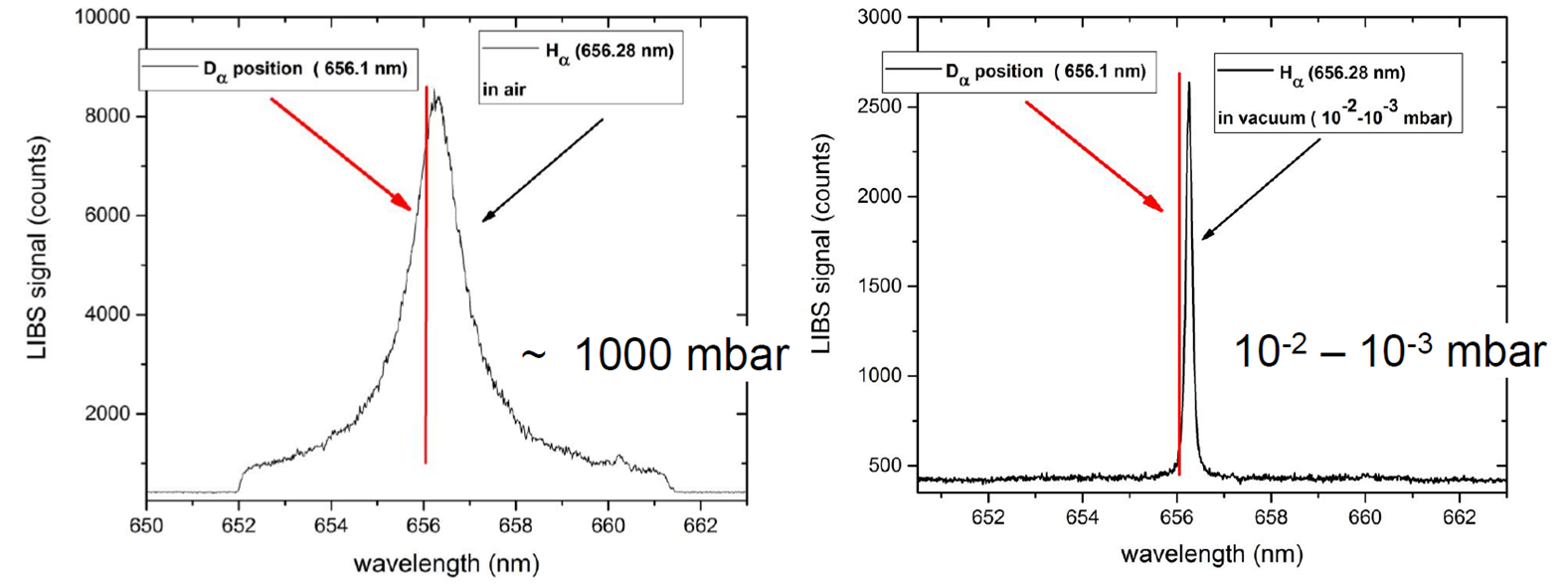
Fig. 3. Comparison of the hydrogen line obtained at atmospheric pressure and at reduced pressure confirming the effectiveness of head modification.
The research was carried out after an experimental campaign in which the lithium limiter was tested, so the detection of lithium in the surface layer of the device may also be considered an argument confirming their effectiveness. What's more, it turned out possible to determine the chemical content profile of this element against the background of molybdenum, from which the FTU limiter, which is the object of the study, is made. This profile is shown in Figure 4.
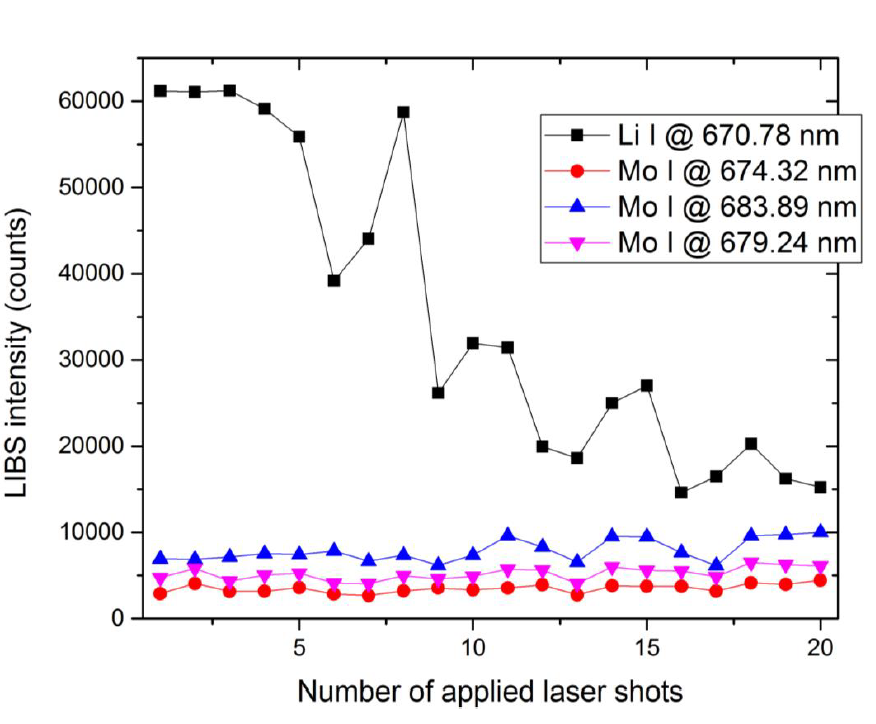
Fig. 4. Profile of lithium chemical content against the background of molybdenum constituting the construction material of the FTU limiter.
In addition to lithium, popular impurities, i.e. Fe, Cr, Ti, Ni, Cr, were also detected in the limiter, mostly from steel constituting the chamber's structural material.
The last stage of the experiment was to carry out measurements for calibrated samples containing deuterium and installed inside the FTU chamber. As predicted, adequate separation of hydrogen and deuterium lines was achieved. An example spectrum is shown in Figure 5.
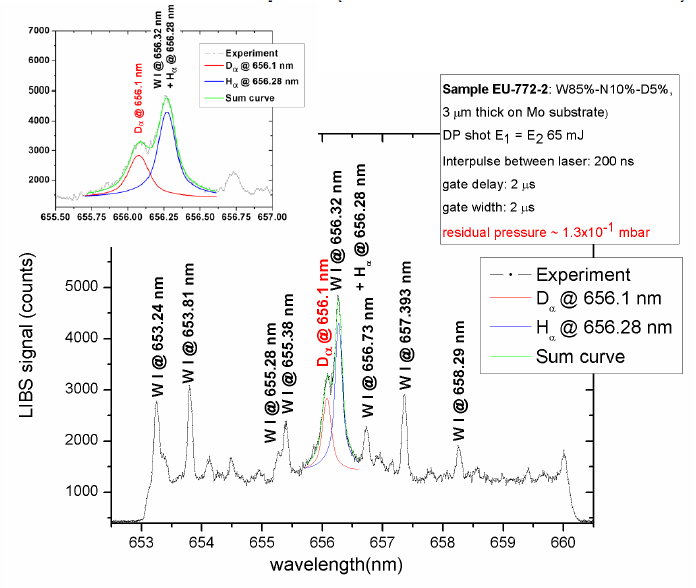
Fig. 5. Example spectrum obtained for a calibration sample. In the upper left corner matching the hydrogen and deuterium lines.
Successful research under the MST2 project confirmed the possibility of using DP LIBS in thermonuclear reactors, thereby fulfilling its purpose. Further direction of work based on the above-described achievements was established at the meeting that took place in February 2020. It was then agreed that the next step would be taken in 2021 and would consist of installing an analogous system on JET or WEST, of course in cooperation with the teams ENEA and IFPiLM .



